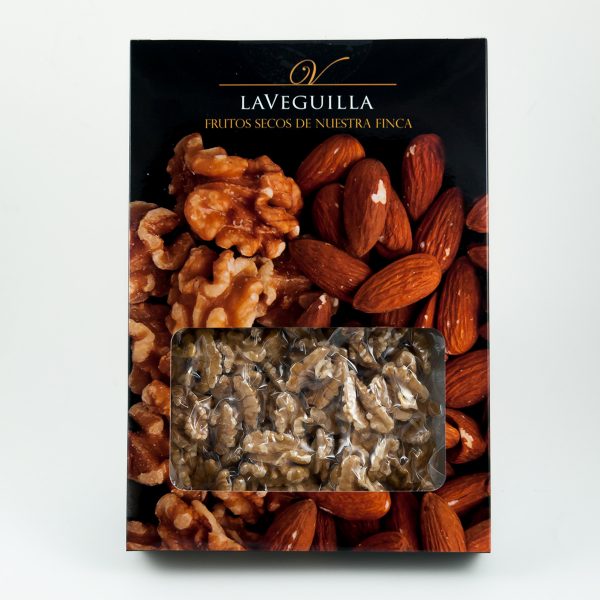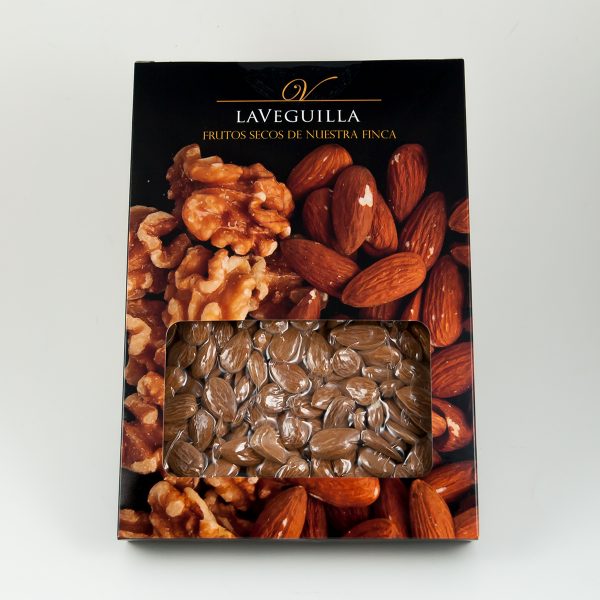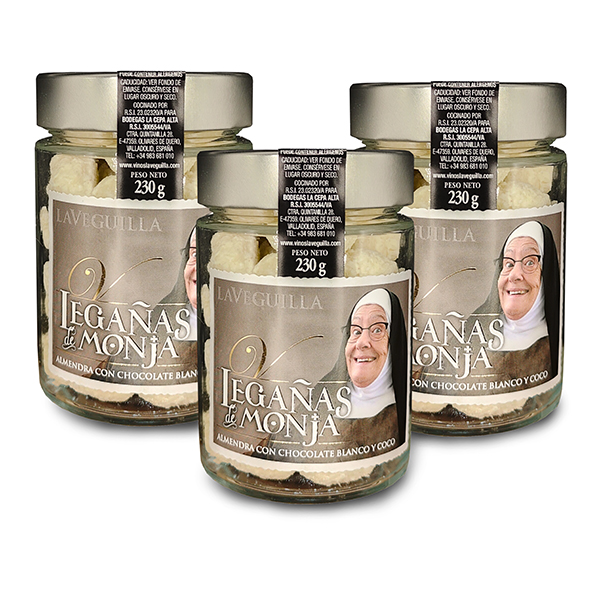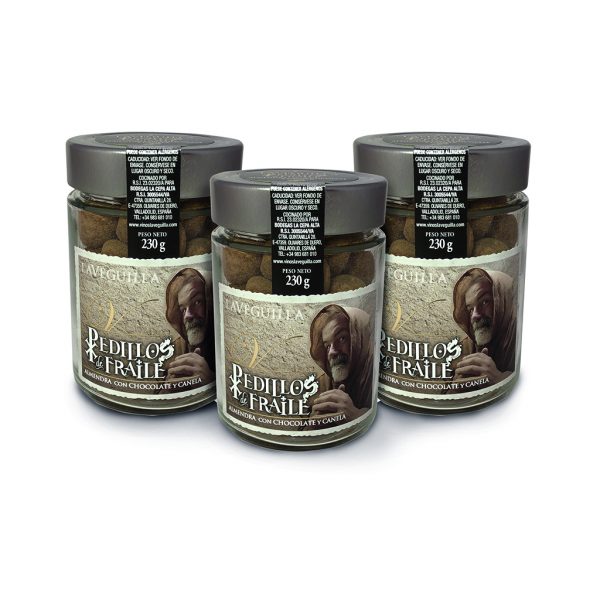Nuts
from our estate
Life in the town, with all its customs, has always captivated us, and it is part of our DNA to commit to the sustainable development of rural areas, contributing our grain of sand. For this reason, the land that has housed the family’s vineyards for more than thirty years begins to produce its first almonds, planted eight years ago. We cannot forget that the almond tree is a tree of undoubted historical value that our grandparents used to demarcate plots and boundary markers, in addition to providing a nutritional supplement for the family.
In the middle of the estate’s plot and in the oldest vineyard, two enormous walnut trees grow that, capriciously and if the frost permits, give us their dry, hard, small… but very tasty fruit. They were joined by 45 young specimens in the Esgueva Valley, which began producing in 2017. Their fruits, such as walnuts, are collected, broken and packaged on the property.
Nuts and honey that have allowed us to recover the know-how and customs of our grandparents and have returned to La Veguilla the multiactivity that marked the daily life of the town. Even our teenage children join the crews to collect, split, bag… We hope you enjoy them and know that behind every nut and every almond there is a future full of hope.
Nuts: walnuts and almonds
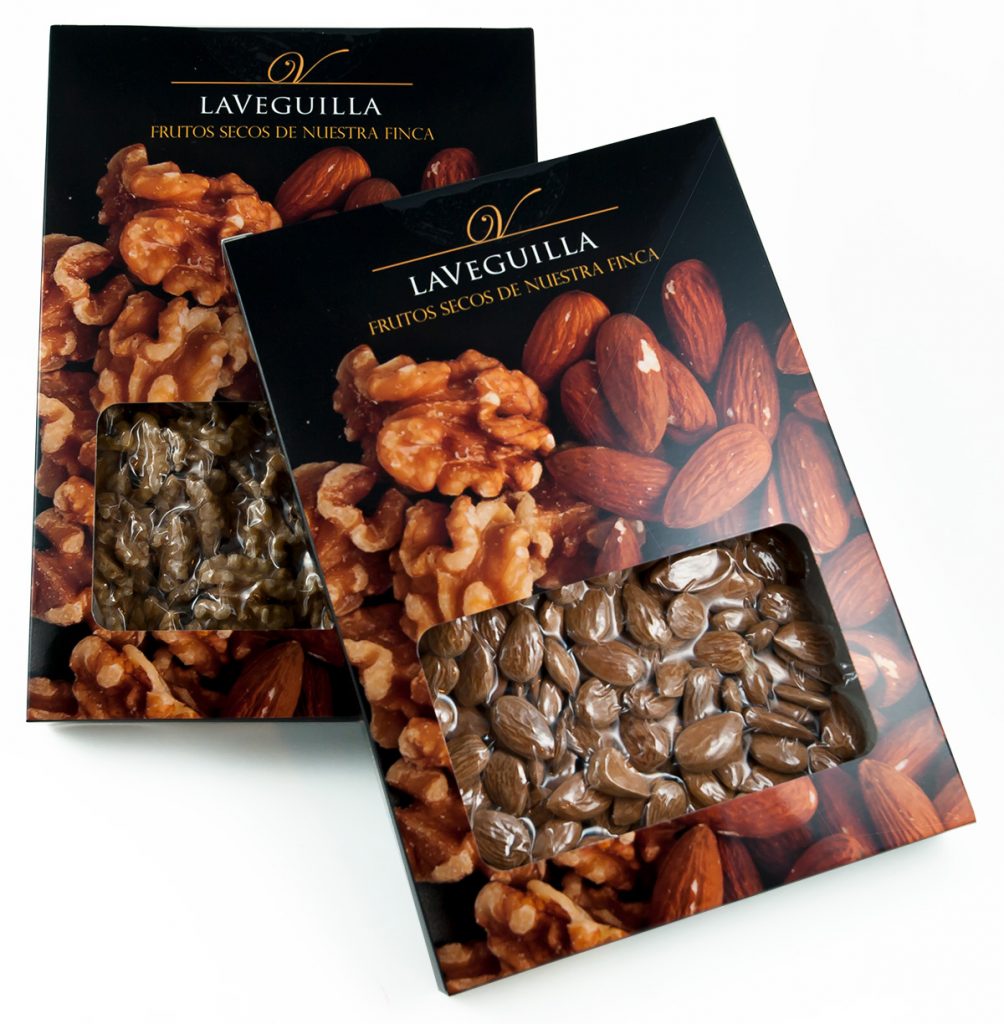
Between November and December, in the heat of the picnic fire, our children and their cousins, a bustling group of between 9 and 12 years old, collaborate with the team we hired in the town, in dividing, separating and bagging the fruits they have seen. to mature.
Legañas de monja
Who doesn’t like sugar candy? This typical treat on the Christmas table, which is also eaten during the rest of the year, is a classic. However, when you investigate the origin of its recipe, doubts begin to arise… the documentation is meager. Where does it come from?
It is known that in Ancient Egypt there was a custom of preserving nuts and fruits with honey, and that the Arabs brought their sweets with syrup to the Peninsula, and with them, the tradition of caramelizing dried fruits. In fact, in the Middle East it is still common to make variations of caramelada, for which cashews, walnuts, pistachios, almonds or sesame seeds are used.
However, the first documented recipe for caramelada, peanut in this case, comes from the United States and is from the beginning of the 20th century: it was published by the cook Emma Paddock Telford in her recipe book, although there are records that indicate that it was already In 1850, “peanut candy” was sold in that country. But until today, no one has been able to find the missing link between the Arabs and the American tradition, which adds a certain dose of mystery to the history of this delicious Christmas sweet.
Today it is we, with our honey and our guara variety almonds, harvested from the trees adjacent to the estate’s vineyard, who propose to you a sugared venial sin, ideal for any aperitif, to snack between meals, and as a devout penance… ‘Legañas de nun’. Just a piece of advice, don’t be tempted!
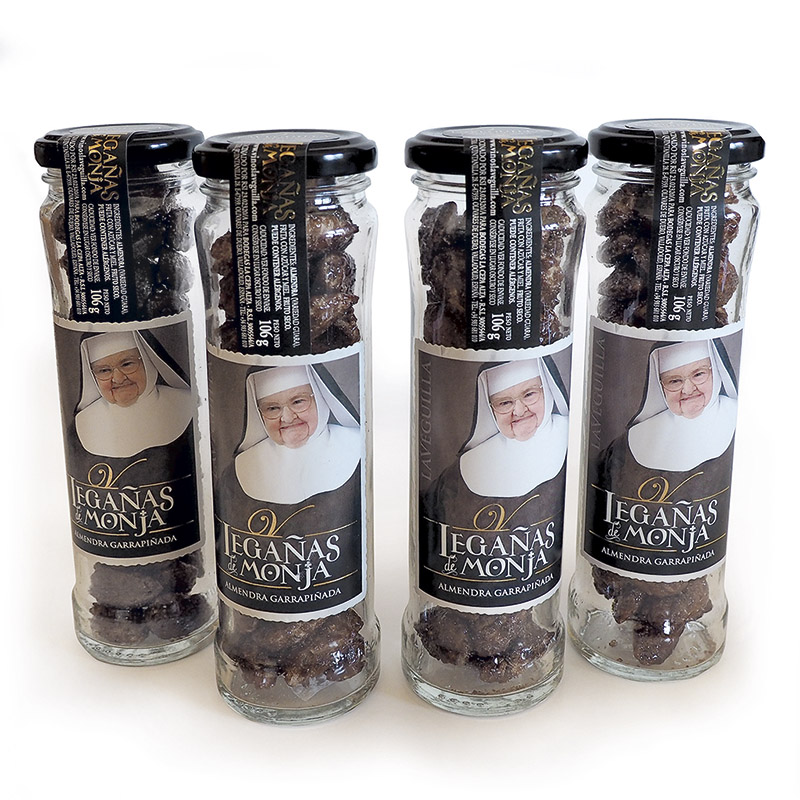
Pedillos de fraile
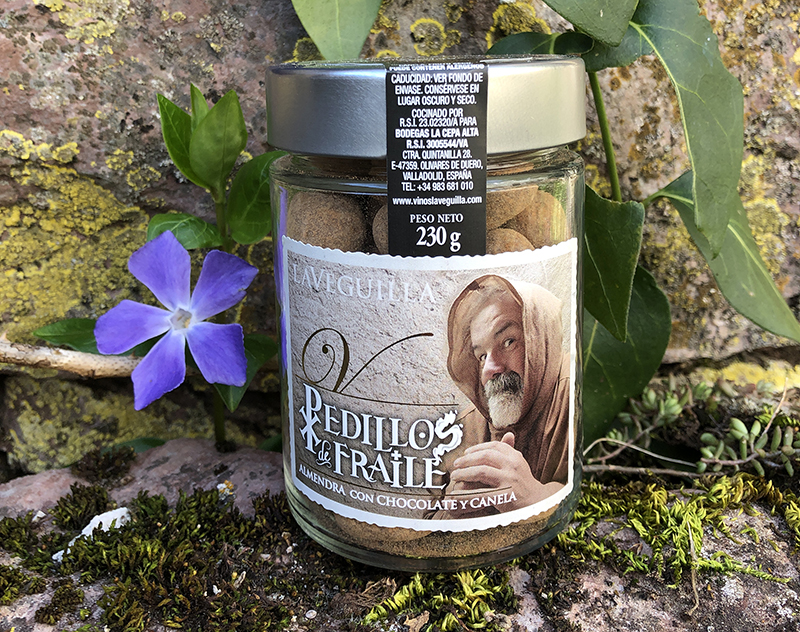
The afternoons of the cold winter months in the vineyards and winery, in the warmth of the fireplace, make the kitchen at home flutter restlessly and plotting gastronomic tasks that satisfy the voracious appetites of the four guajes at home, especially Marcelina’s. –the little one– who, apart from unicorns, chocolate – like almost all of us – loses it. This is how, with the guara variety almonds, planted near the estate’s vines a few years ago, and looking for a dessert that combats well the rigors of December and January, they become the superlative “pedillos de fraile” : peeled almonds, toasted a little in the oven and coated, very, very well, with dark chocolate with a purity of 70% and then, before drying, sprinkled with fine, freshly crushed cinnamon sticks. This is how we make the authentic and delicious “pedillos de fraile”, typical of a tradition as old as it is devout, which we recommend taking on the side with a glass of Gotas Santas, with a religious moderation typical of those who know they are sinning. Because… let’s not fool ourselves, they are a sin… although Marcelina still doesn’t know it.

